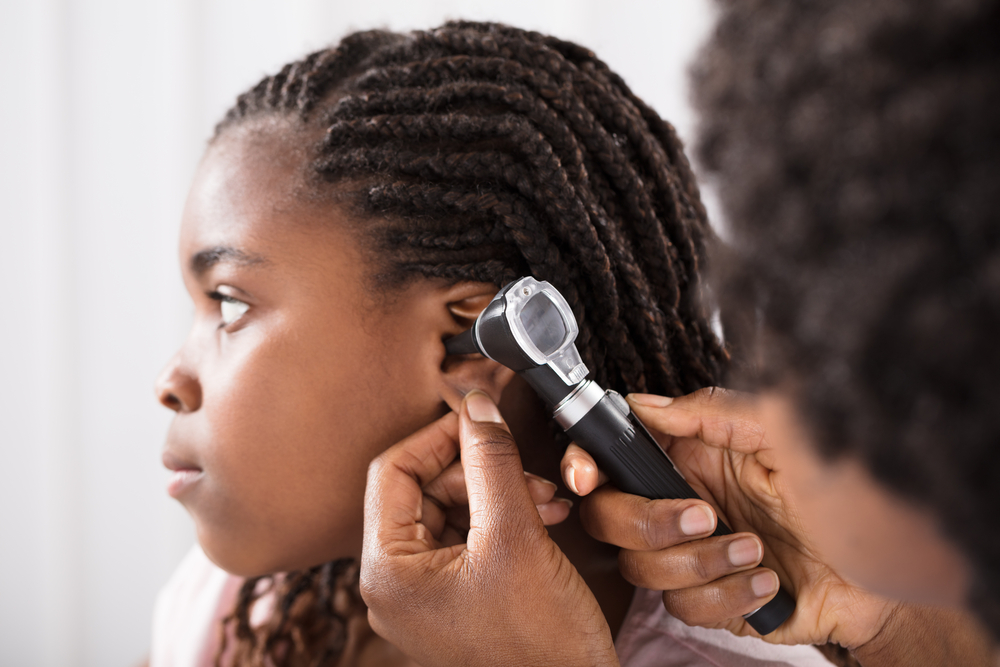A ruptured eardrum, while it might sound alarming, can sometimes go unnoticed by those affected. This lack of awareness occurs because not everyone experiences noticeable symptoms. Understanding the causes and identifying the signs of this condition is essential for timely intervention and effective treatment.
Understanding the eardrum
The eardrum, or tympanic membrane, is a delicate, thin layer of tissue that separates the outer ear from the middle ear. It plays a critical role in hearing by transmitting sound vibrations to the bones of the middle ear. Additionally, the eardrum acts as a protective barrier, shielding the middle ear from foreign substances such as water, bacteria, and small objects like Q-tips or bobby pins.
When the eardrum is perforated or torn, it can disrupt your hearing and balance. A ruptured eardrum, medically referred to as a perforated tympanic membrane, can also increase the risk of infections in the middle ear.
Causes of a ruptured eardrum
Various factors can lead to a ruptured eardrum, with ear infections being the most common cause. When an infection occurs, it can create a buildup of pressure in the middle ear. If this pressure becomes too great, it can cause the eardrum to rupture.
Other factors that may cause a ruptured eardrum include:
- Inserting Objects into the Ear: Using items like Q-tips, bobby pins, or other sharp objects to clean or scratch the ear can inadvertently cause a tear in the eardrum.
- Barotrauma: This refers to injury caused by changes in pressure, such as during air travel, scuba diving, or even a rapid ascent or descent in a vehicle. These pressure changes can stretch the eardrum and lead to a rupture.
- Physical Trauma: A direct blow to the ear or side of the head can cause the eardrum to rupture. This type of trauma is common in sports injuries or accidents.
- Loud Noises: Exposure to loud, explosive sounds, such as a gunshot or a blast, can create sound waves strong enough to tear the eardrum.
Signs and symptoms of a ruptured eardrum
While a ruptured eardrum can sometimes heal on its own without causing noticeable symptoms, there are several signs that may indicate you have experienced a perforation. These symptoms can vary in intensity and may include:
- Sudden Hearing Loss: One of the most common signs of a ruptured eardrum is an abrupt reduction in hearing. This loss can range from mild to severe and may last until the eardrum has healed.
- Vertigo: This is a sensation of spinning or dizziness that can occur when the balance organs in the inner ear are affected by the rupture.
- Ear Pain: Some individuals may experience sharp or throbbing pain in the affected ear, particularly at the moment the eardrum tears.
- Discharge: A ruptured eardrum can sometimes cause fluid to drain from the ear. This discharge may be clear, pus-like, or even tinged with blood.
- Tinnitus: Ringing or buzzing in the ear, known as tinnitus, can also be a sign of a perforated eardrum.
When to see an ENT specialist
If you suspect you have a ruptured eardrum, it’s important to consult with an ENT specialist. While many cases of ruptured eardrums heal on their own within a few weeks, medical evaluation is crucial to prevent complications such as persistent hearing loss or chronic ear infections.
An ENT specialist can diagnose the condition through a physical examination and may recommend treatment options to support healing or address underlying issues. These treatments could include medications to prevent infection or, in some cases, surgical intervention to repair the eardrum.
Don’t ignore the signs of a ruptured eardrum. Early diagnosis and treatment can help ensure a full recovery and protect your long-term ear health. Find an ENT specialist near you today to get the care you need.



